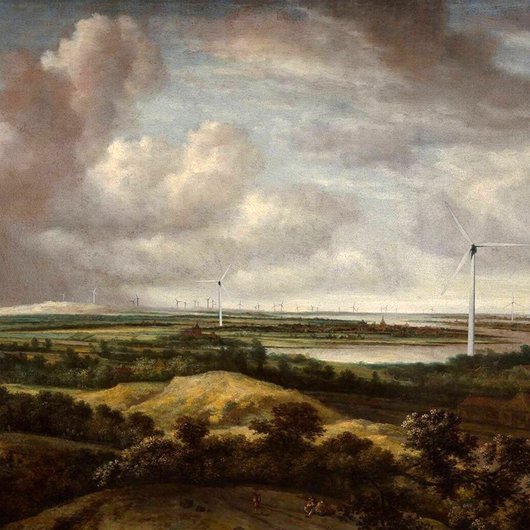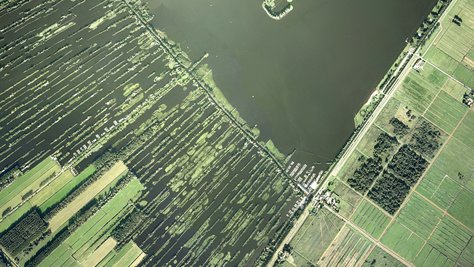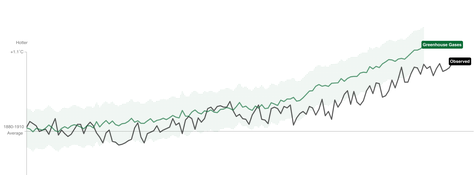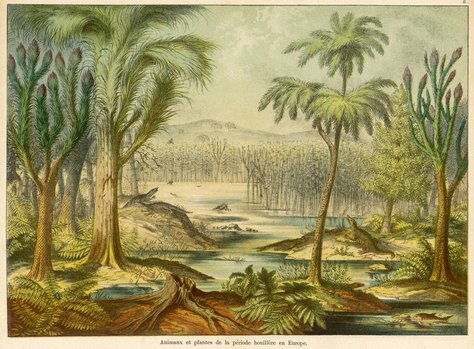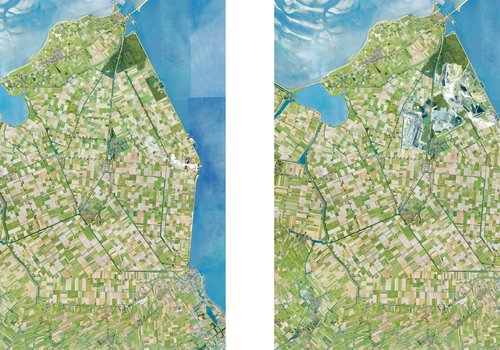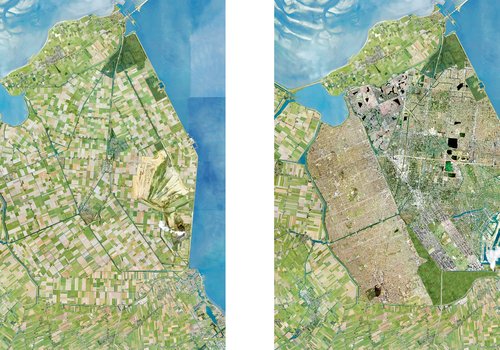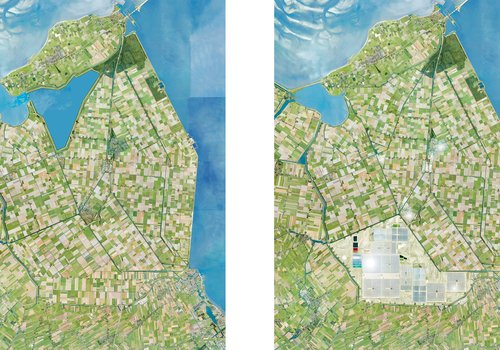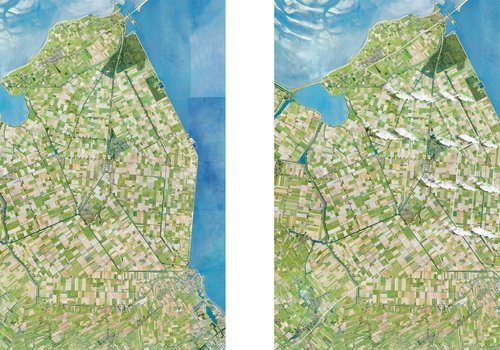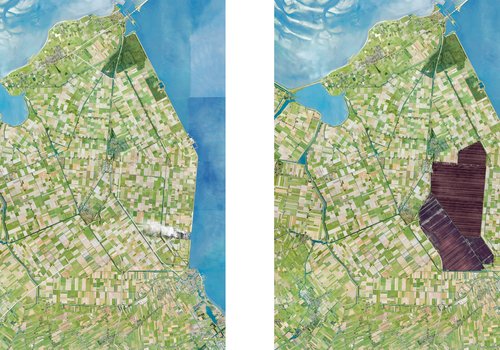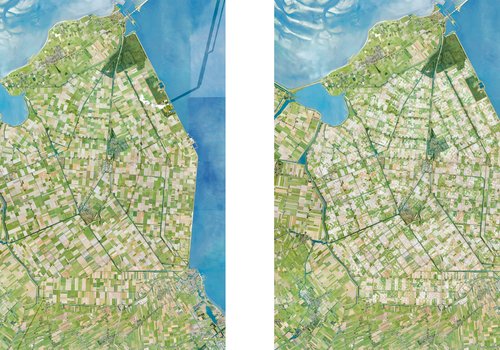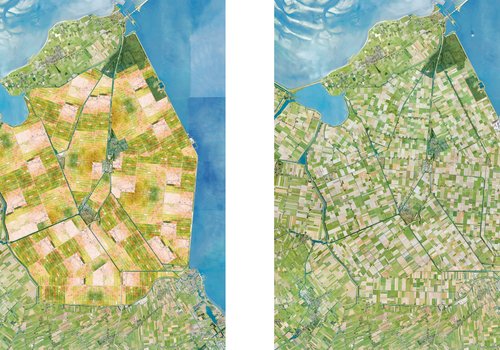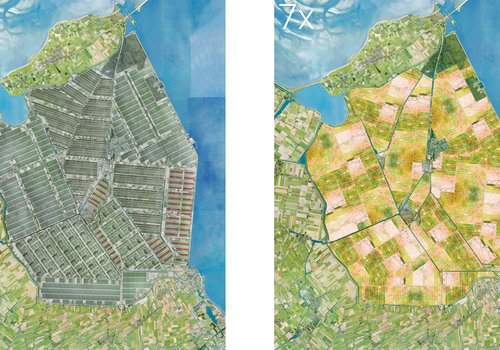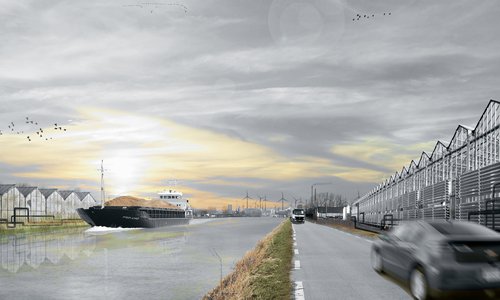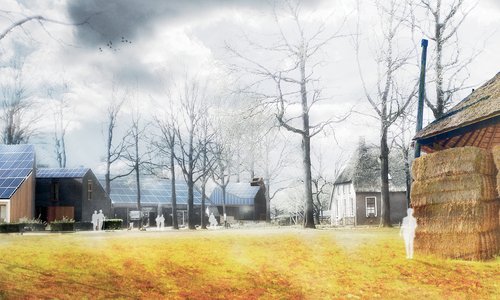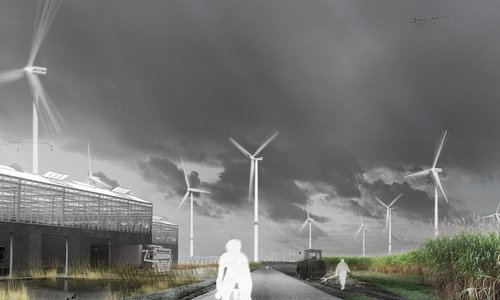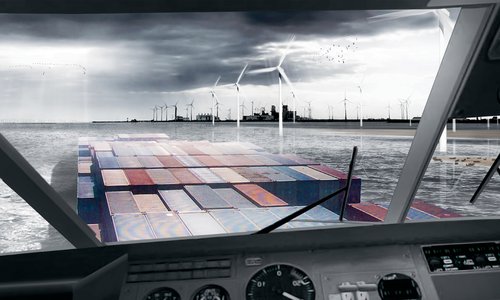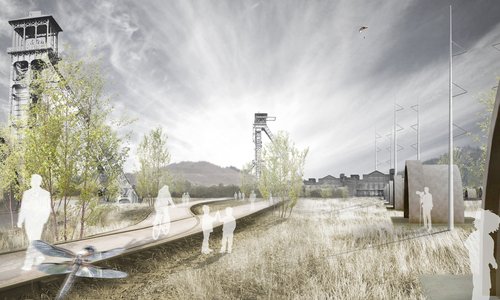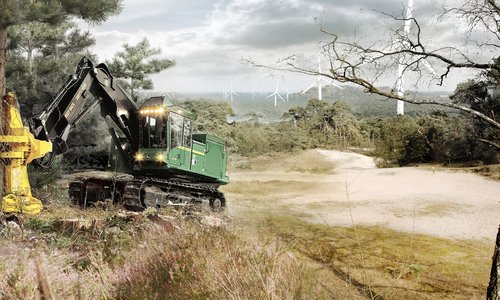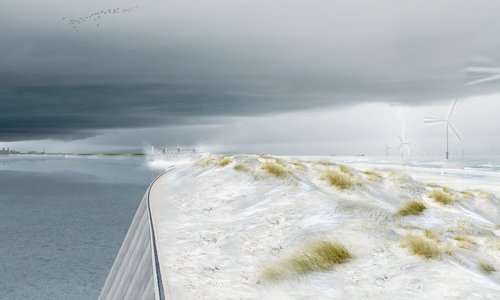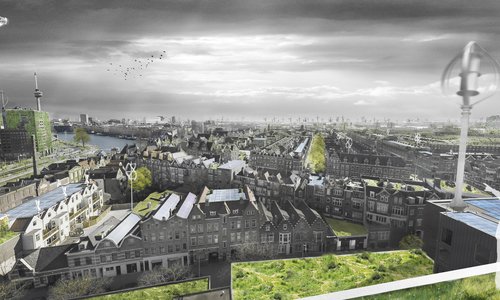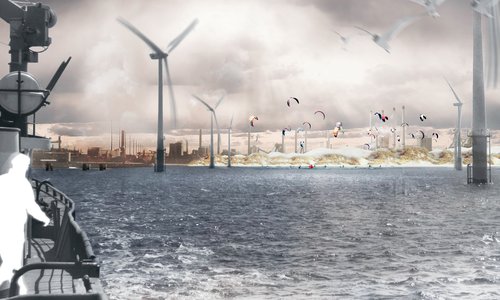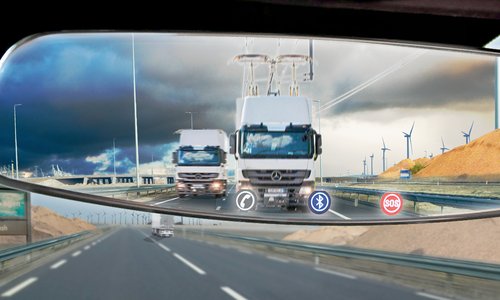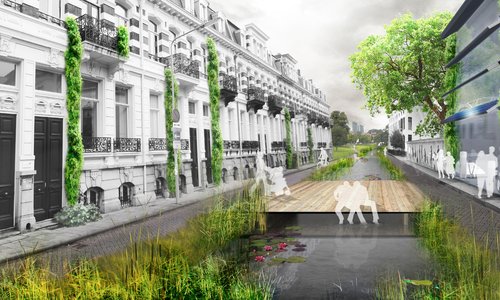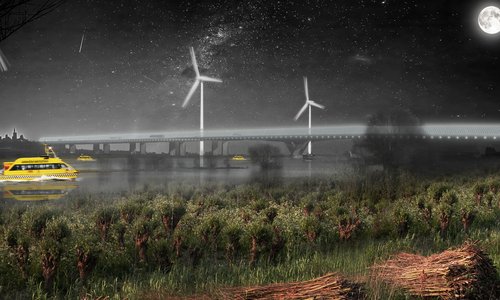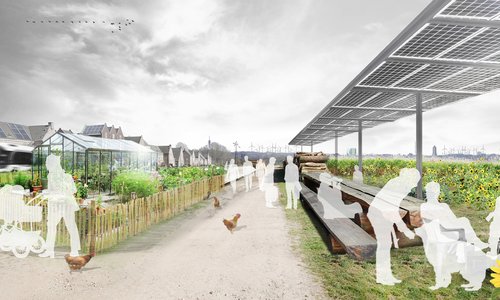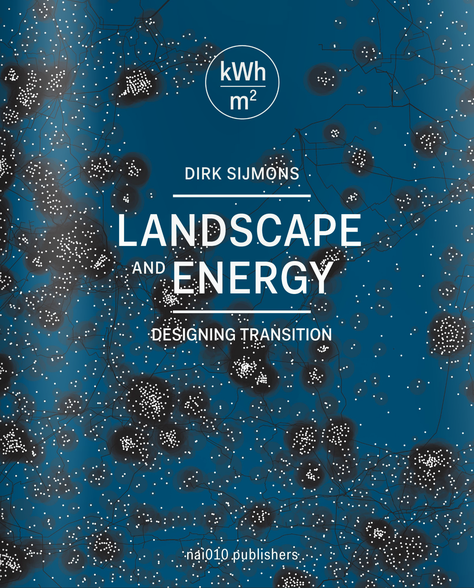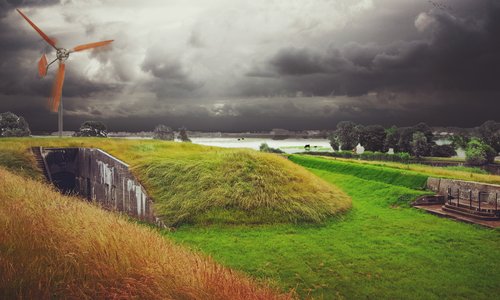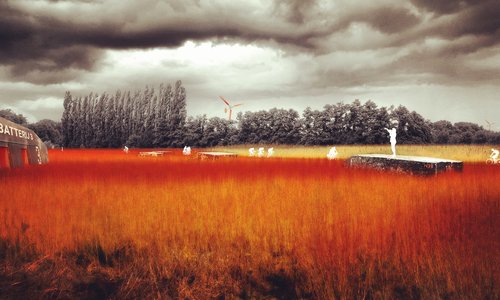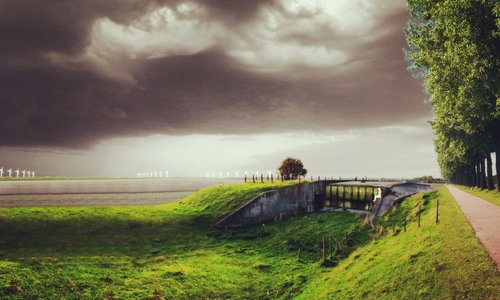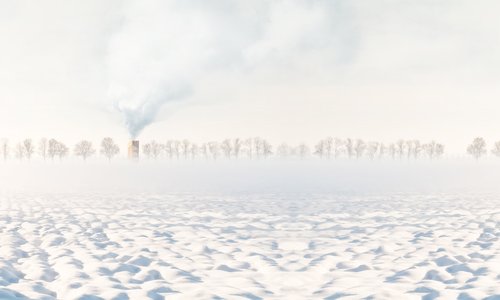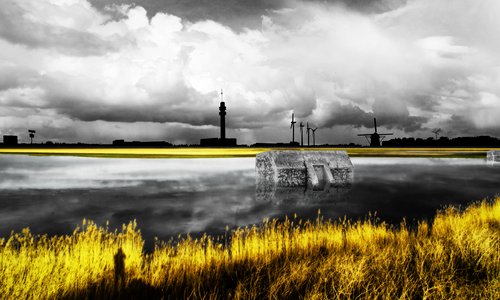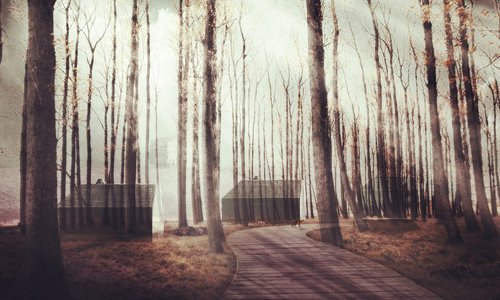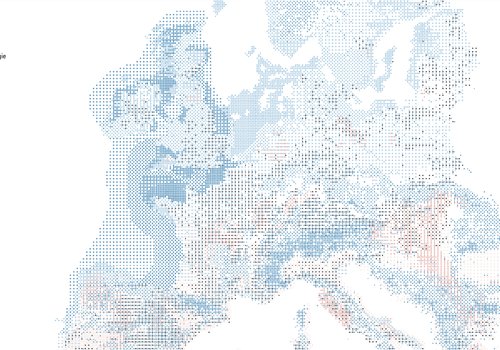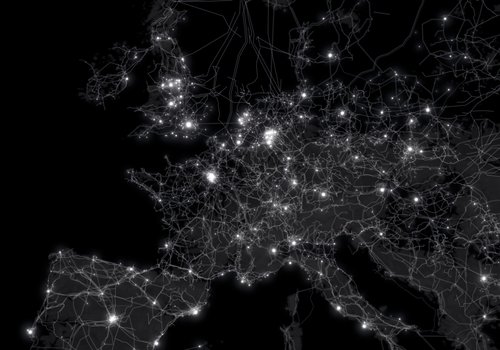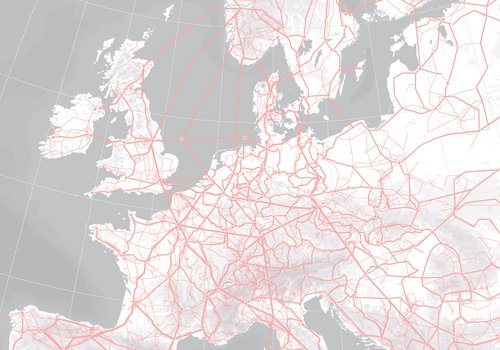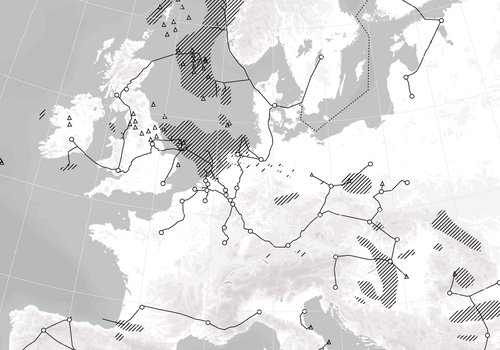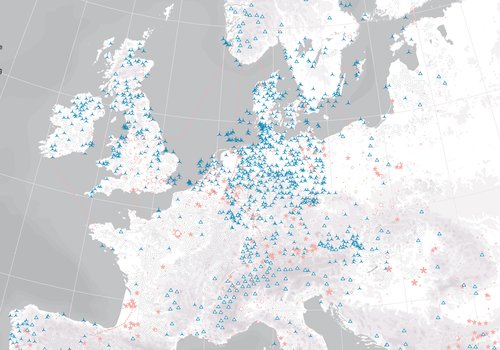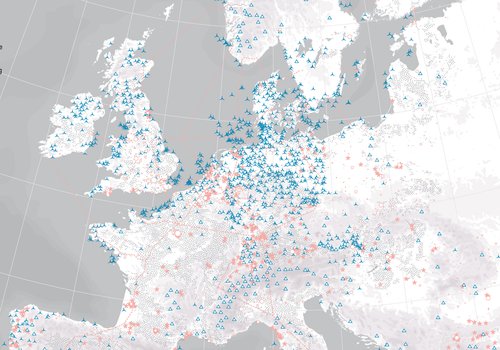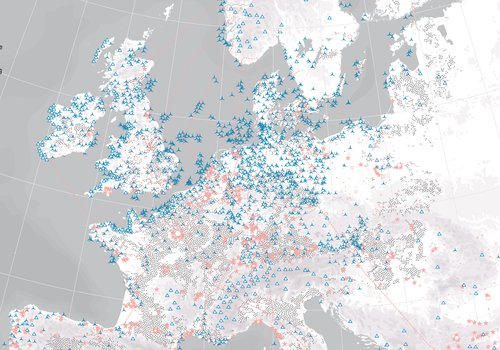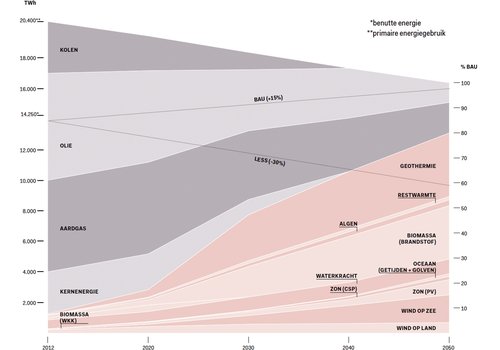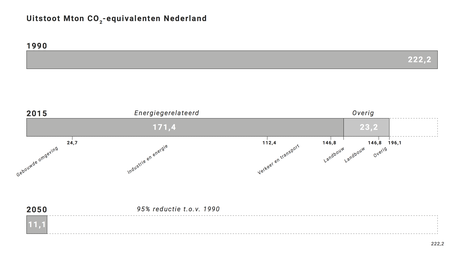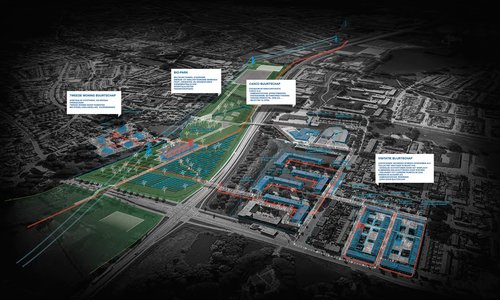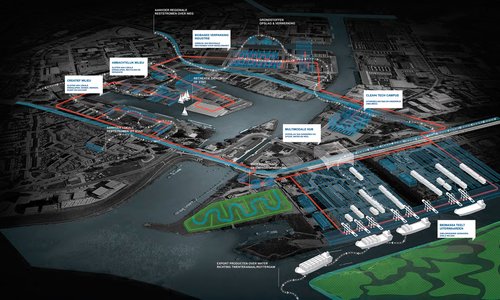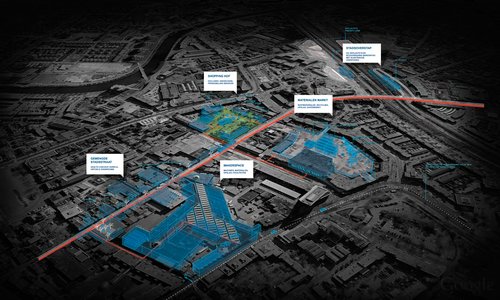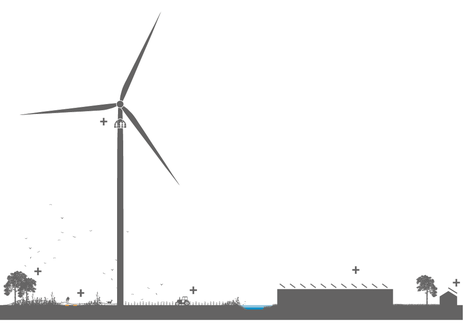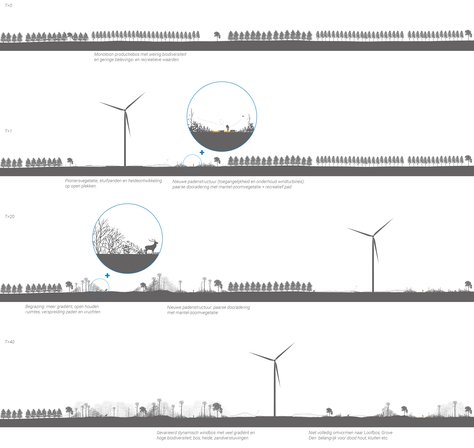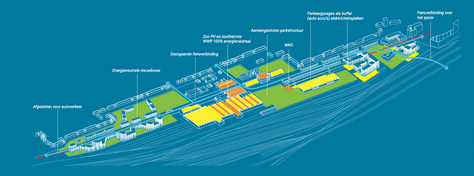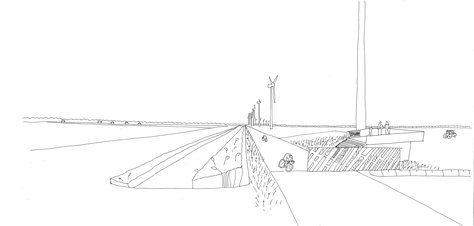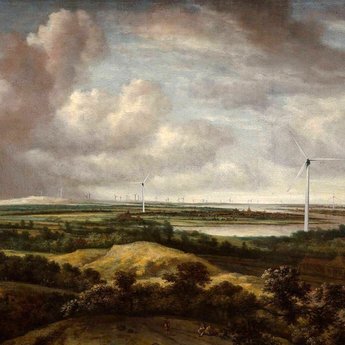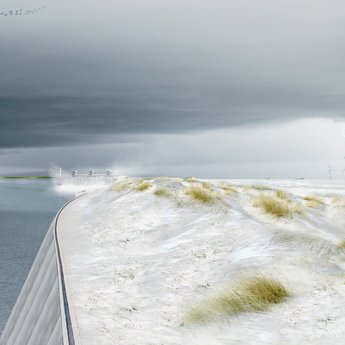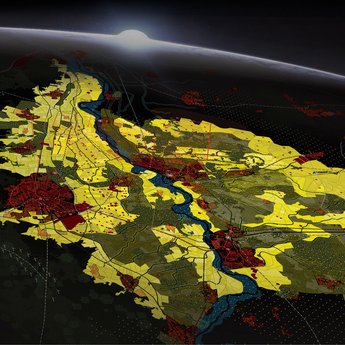SPATIAL + CULTURAL CHALLENGE
Plume of smoke on the horizon
We can view the current energy landscape as a kind of illusion landscape, in which we are rarely or never confronted with the consequences of our energy consumption; the energy supply is discreetly concealed and only sporadically visible as a plume of smoke on the horizon, where there is a power station that is fired with coal mined from the invisible underground. Only the thin lines of the power lines disturb the discretion somewhat.
Visible landscape
The energy transition breaks this illusion. It brings energy sources and energy installations above ground on a large scale. The solar panels and wind turbines will be visible. The energy supply becomes visible, audible and tangible in your own daily living environment. This is where tension arises; the space that the earth offers has been transformed by man into a structure of use, a composition of interests and a legal system. The space is also loaded with values, meanings, symbols, memories and emotions. As a result, the landscape is full of formal and informal claims, which do not give way without a struggle for major new additions.
Making room for the energy transition also does not mean that other functions (such as food production and nature) should disappear from the landscape. It is more about interweaving the new energy layer with the existing functions in the landscape as well as possible. It is important to know to what extent the landscape and the current functions are already in motion, or should be in motion. It is precisely by uniting spatial developments from different sectors that we can also give place to new claims on the landscape. The Environment Act, which is under development, is a great opportunity in this regard to integrate the energy transition into spatial planning.
